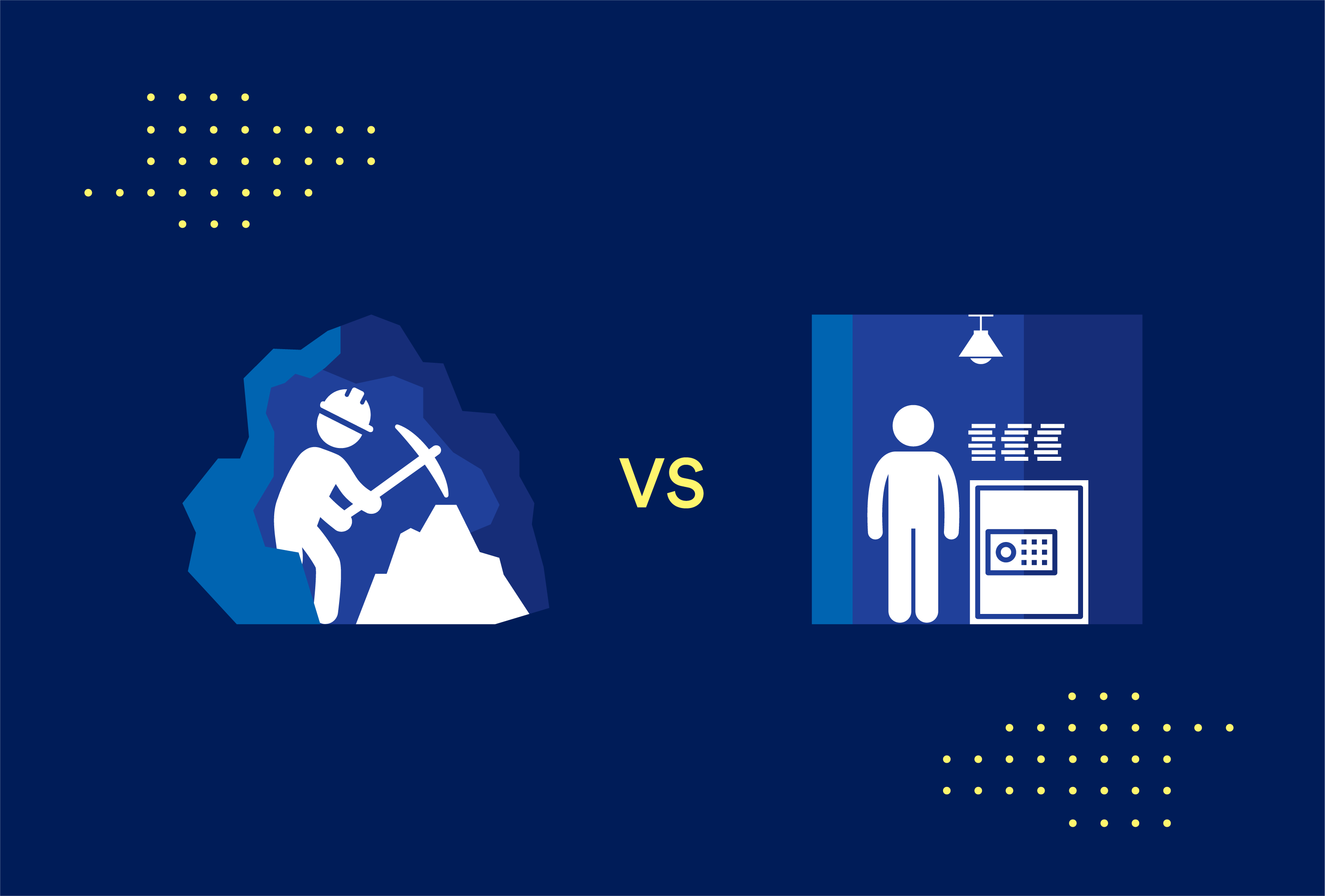Staking, like most of us, know it has always come with locking your funds, often for a long time, and receiving passive income. Similar to a bond, it guarantees a fixed return, but it also limits your opportunities as you cannot withdraw your assets. If something happens, such as a market opportunity or an unexpected event, you have your hands tied and are essentially in a liquidity crisis.

Liquid staking solves that tedious issue. You can unlock your staked funds any time you choose. This way, you can benefit from staking returns while taking advantage of all the opportunities that come about, liquifying assets whenever you choose. Moreover, staking this way dramatically reduces the downside and risk.
It manages all this by tokenizing the stakes. This means every time you stake, you’ll receive a token in return that you can freely use on other applications, blockchains, and even trades. It comes as no surprise that liquid staking is gaining popularity these days.
What are the benefits of liquid staking?
As we briefly mentioned above, the clearest benefit is the flexibility liquid staking offers. Tokenizing assets opens a whole new world of opportunities for blockchain developers. For example, staked tokens can be put in other protocols and smart contracts, minimizing risk and increasing returns.
The whole blockchain world will change as Tokens start moving across the economy, creating liquidity. And it’s already happening. The additional flexibility has been shown on the Ethereum blockchain in particular to foster innovation.

One such case is Market DAO’s DAI stablecoin, which can be reused with the compound protocol. This led to more DApps integrating contracts between the projects while offering higher yields and reducing staking risk.
What are the risks of liquid staking?
Like any investment vehicle, liquid staking also comes with risks. The biggest is, without a doubt, psychological liquid staking creates a new level of abstraction. The increase in freedom and flexibility makes investors care less about the underlying asset. Liquid staking bad cryptocurrencies means it could crash anytime, and the fact that your funds are not locked means nothing.
Liquid staking can also come with other risks, both financial and non-financial:
Slashing risk – Staking tokens increase the ecosystem’s liquidity, but unfortunately, they may not be fungible. This is due to the slashing risk that happens when a validator breaks the rules. And if they are slashed, this makes evaluating the risk of the use we put the tokenized assets to another level.
Speculation risk – As all investments, even liquid staking can be abused by the dishonest. You could, for example, short your derivative tokens, make the protocol slash your funds, and profit in the price decrease. This also means that if you borrow, you could profit and pay back at a lower price. Thus, a wide range of speculative market manipulations is now possible.
Centralization risk – There’s a danger of centralized institutions controlling the market. This is true if there is no liquidity or adoption by other protocols for derivatives tokens. Furthermore, implying that only the biggest projects can adopt liquid staking, as tokenized derivatives of small projects are useless.

Derivative risk – Diversification, at least in theory, decreases the risk in times of economic turmoil. But, unfortunately, diversifying staking derivatives is practically impossible, leaving you vulnerable to a market crash.
Governance risk– Tokenized assets will move around different protocols. What this means is that many separate entities can own the tokens. The unpredictability of how it would work could lead to chaos. In addition, every transaction or governance vote will involve more than one institution, making its functioning unclear.
StaFi – The future of liquid staking
StaFi is leading the way in the exciting new world of liquid staking. On their platform, users will receive staking derivatives called rTokens in return for liquid staking through StaFi. These will, of course, be available for trading and other blockchain uses while still earning staking yield.
The platform currently supports the following projects:
- UniSwap
- Curve.finance
- Yearn.finance
- Tidal.finance
- imToken
- HyperPay
- Stone DeFi
- WrapFi

rTokens stand for reward-token. These are given to investors in return for staking and give you the right to redeem an equal amount of staked tokens any time you choose to. The StaFi Chain even comes with its own native FIS token. Its utility is to secure the network by staking, covering transaction fees, and mint or redeem rTokens.
Staking PoS coins with StaFi is easy as it comes to be, and it’s all done through their smart contracts. Just follow the instructions, and you will receive your rTokens in no time. The rTokens will, soon, get listed on DEXes and CEXes. They will be exchangeable with a wide array of pairs such as rDOT/DOT and rDOT/USDT.
Safe and steady staking
Staking has never been easier. With RockX, we ease the heavy lifting involved in staking, serving as a validator that allows you to attend to what matters most — asset growth. Not only do we provide 24/7 monitoring for uptime, token holders can create a fixed income, with up to 10-20% annual additional tokens awarded to the staked tokens.
Bringing together a wealth of experience in mining, staking, protocol research, and infrastructure design, the solid strength of the RockX offers key services that help to make investors, projects, and funds prosper. Creating over 20 million USD staking rewards per year for our clients, we are trusted with over 200 million USD worth of tokens by individuals and institutions.









